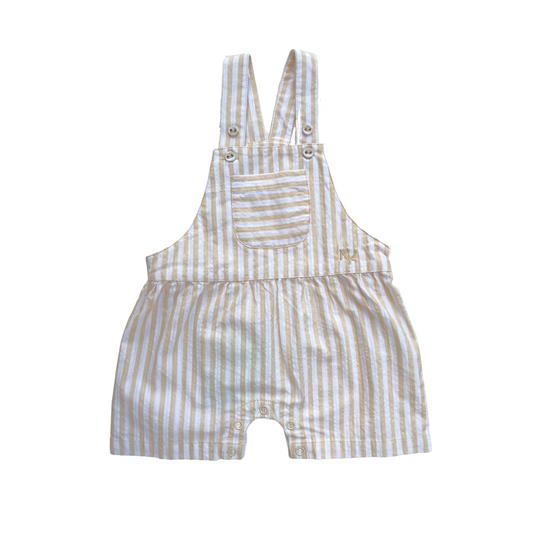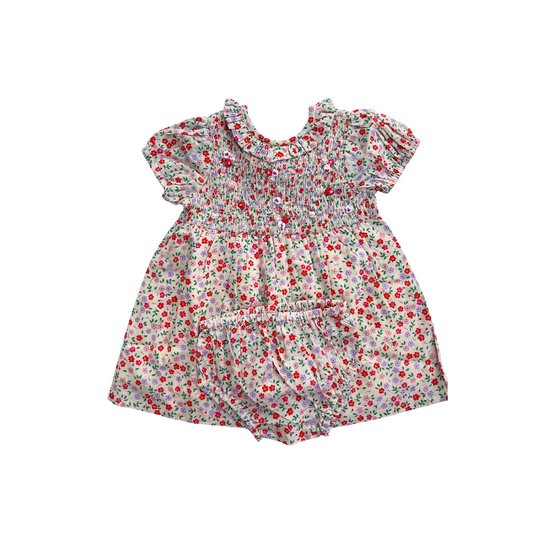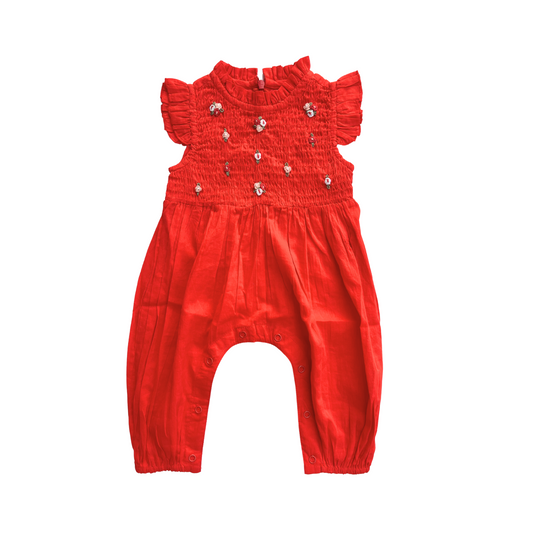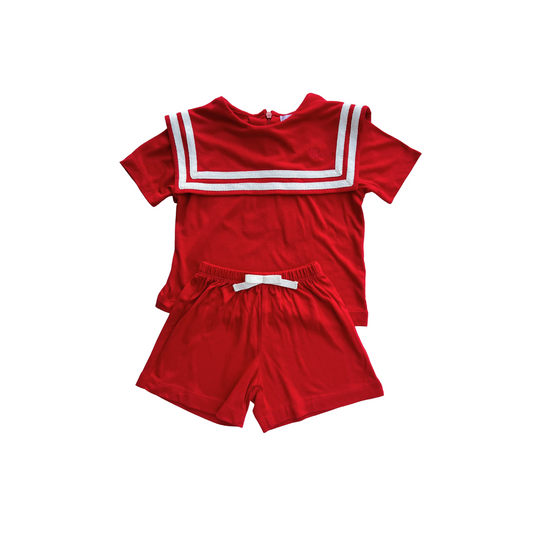Sleep and the quest to find it has been a huge topic over the course of my podcast Next of Kin Parents Podcast. Some of you will remember that I admitted to Millie @conciously.montessori in episode 14 that I had un-Montessori'd our floor bed. So when Lisa from Lullabies.ae posted about the advantages and disadvantages of transitioning your toddler to a floor bed I asked if I could share her wisdom with you, and of course she agreed!
First off, what is a Montessori floor bed? Quite simply, it is a mattress on, or very low down and close to, the ground. This is so the baby or toddler can get in and out without any parental assistance, and there is not far for them to fall if they were to roll out.
And so what is the point of a Montessori floor bed I hear you ask? The Montessori answer to this is to promote independence in the child as they are not confined to a crib and can have free-reign of their (baby-proofed) room. So is this why I chose a floor bed? Nope, as listeners will know, my daughter refused to go in her cot from about 3-months-old and successfully transferring her without waking her had become impossible, especially as she got bigger. So now during nap times I can lie with her and feed her to sleep and then roll away, instead of being nap-trapped. However my solution for not feeling that her room was safe enough for her to have free-reign was to pop her floor bed in a playpen, hence why I say I un-montessori'd the floor bed!
Now on to Lisa's breakdown of the key advantages and disadvantages for you to consider:
Advantages of Floor Beds
1. Autonomy and independence
Embracing a Montessori-inspired approach, floor beds encourage autonomy in children by allowing them to access and exit their beds independently. This not only promotes a sense of control but also aids in developing essential life skills. As a holistic sleep coach, I actively encourage parents to do what works with their child's emerging personality.
2. Freedom of movement
Unlike cribs or cots with high railings, floor beds offer toddlers the freedom to move around and explore their surroundings. This can be particularly beneficial for active little ones who may feel confined in a traditional crib, and can actually assist positive sleep training where there may have been some cot aversion present.
3. Smooth transition to a 'Big Bed'
Floor beds serve as a transitional phase between the confines of a crib and the openness of a regular bed. This gradual progression can make the shift to a larger bed later on more seamless for your child, and really help with the sleep coaching process.
Disadvantages of Floor Beds
1. Toddlers are NOT rational beings
It's crucial to recognise that toddlers, despite their growing autonomy, are not always rational beings (or ever!). The newfound freedom of a floor bed may lead to nighttime adventures, as toddlers are more likely to get out of bed on their own accord, so be sure that you are ready to deal with numerous ups & downs. It's also important to make sure the rest of the house is safe for your toddler just in case they do have any night time adventures! As a holistic sleep coach, I can also help you manage your environment.
2. Safety concerns
The Lullaby Trust emphasises the importance of creating a safe sleep environment for babies and toddlers. While floor beds can offer a sense of independence, safety must remain a top priority. Ensure the sleep space is free from hazards and follow safety recommendations to prevent accidents. In every session i run, I always cover safe sleep guidance, and am more than happy to guide you in implementing safe sleep in your home.
3. Challenges in sleep training
Traditional sleep training methods, such as the "cry-it-out" approach, may be more challenging to implement with floor beds. The ease of getting in and out of bed could make it harder to establish consistent sleep routines. I believe that this is where gentle sleep coaching really comes into it's own.
Safety First
When opting for a floor bed, it's crucial to adhere to safety recommendations from trusted organisations like the Lullaby Trust. Ensure that the sleep space is devoid of loose bedding, toys, and any potential hazards. The mattress should be firm, and the surrounding area should be childproofed to minimise risks to ensure the safest sleep environment possible for your child.
Floor beds offer a unique approach to toddler sleep, aligning with the principles of autonomy, Montessori philosophy and gentle, holistic sleep coaching/sleep training. However, it's essential to weigh the advantages against potential disadvantages, particularly considering the unpredictable nature of toddlers. By striking a balance between encouraging your child's independence and maintaining a safe sleep environment, parents can make informed decisions that contribute to both their child's development and a peaceful night's sleep for the entire family.
Read Lisa's full blog post here and listen to our podcast episode together here.
Thanks Lisa!





